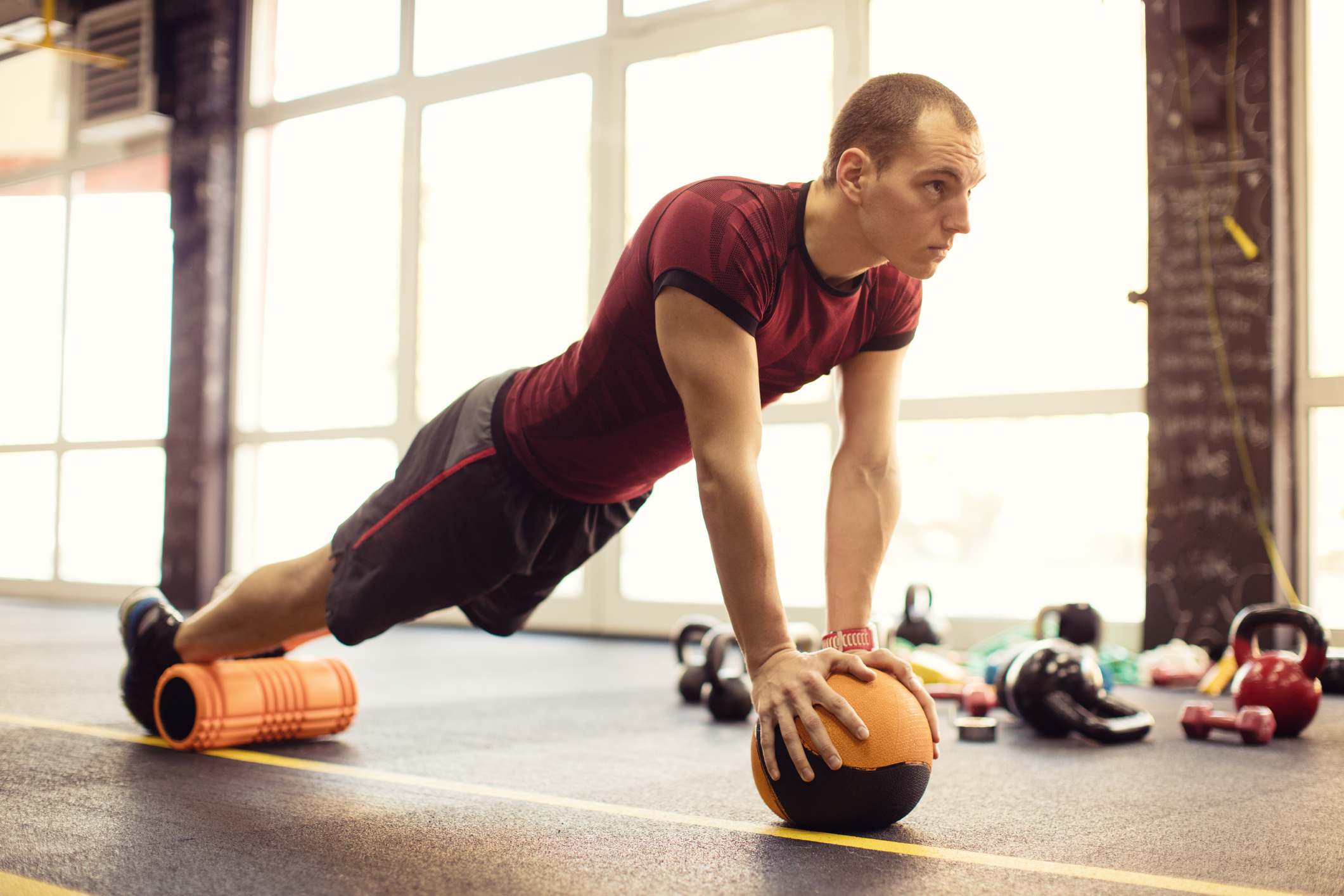The Benefits of Foam Rolling

By: Alex Siyufy, DPT, ATC, SCS, Cert. MDT, Cert. DN
March is Athletic Training month! Besides all of the work that Athletic Trainers (ATCs) do on the field, there’s a lot of work that ATCs do “off the field” to get their athletes ready for play. One of the emerging trends in rehabilitation is to release Trigger points (TrPs) via foam rollers.
Twenty years ago you would hardly have ever seen a foam roller, but now they’re everywhere. A search on Amazon for “Foam Roller” produces over 36 pages of results! But what does the research say about “Foam Rolling” for the release of TrPs.
A RCT by Wilke, Vogt, & Banzer (2018) studied the effects of self-foam rolling on Latent TrPs. The authors took 50 subjects with Latent TrPs in their Gastrocnemius muscles. The subjects were randomized into 3 groups:
- Static compression via Foam Roller for 90 seconds
- Dynamic Foam Roller for for 90 seconds
- Prone lying with Placebo laser for 90 seconds
Each subject’s TrP was assessed pre and post using a pressure algometer. So what were the results? Only one group showed a significant improvement: The Static compression group.
So is this what you would have expected? Probably not…but when you consider the dosage over the TrP, the outcomes seem to make sense. When you have your patient perform a traditional foam rolling with movement, the TrP is actually getting very little stimuli over the actual TrP, while a larger amount of the adjacent area is being stimulated. Perhaps this is effective in the acute stage of an Active TrP, but not for a Latent, or dormant, TrP.
How should this feel?
This study instructed subjects to increase the pressure until it feels like a 6-7 on a NPRS. Another study by Aboodarda et al (2015) also had subjects receive TrP release techniques to a 7/10 on the NPRS. So it looks like that “strong but comfortable” cue might be appropriate.
Are there any other options for foam rolling?
Well, it turns out that you might also want to consider changing the location. A study by Cheatham & Kolber (2018) examined the effects of dynamic Foam Rolling on the Quadriceps muscle group. The results showed the ipsilateral Hamstrings and the contralateral Quadriceps had significantly decreased sensitivity and decreased pain when tested with a pressure algometer. This aligns with the centralized sensitization model and the overall neurphysiological response elicited with Foam Rolling
Summary
Foam Rolling over the painful or tight area might not be the best option. An evidence-based approach might be to perform static compression (30-90 seconds) directly over the TrP or to perform Foam Rolling over the antagonist group or contralateral extremity.
If you are interested in learning more about TrP release techniques, click here see a list of of Dr. Siyufy’s courses!
References
- Aboodarda, S. J., Spence, A. J., & Button, D. C. (2015). Pain pressure threshold of a muscle tender spot increases following local and non-local rolling massage. BMC musculoskeletal disorders, 16(1), 265.
- Cheatham, S. W., & Kolber, M. J. (2018). Does Roller Massage With a Foam Roll Change Pressure Pain Threshold of the Ipsilateral Lower Extremity Antagonist and Contralateral Muscle Groups? An Exploratory Study. Journal of sport rehabilitation, 27(2), 165-169.
- Wilke, J., Vogt, L., & Banzer, W. (2018). Immediate effects of self-myofascial release on latent trigger point sensitivity: a randomized, placebo-controlled trial. Biology of Sport, 35(4).

This is interesting and helpful information, as so many people are using foam rollers or asking about them. However, I feel it would have been more helpful to know about the effect on active trigger points rather than latent trigger points. Are there any similar studies done on that?